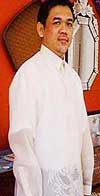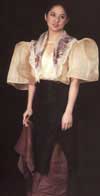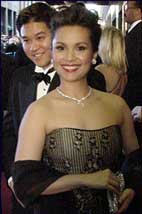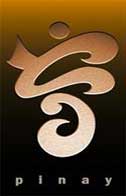| The traditional clothing in the PhilippInes for men is called Barong Tagalog and for women it's called Baro't Saya .It is made of pineapple fiber and is the traditional shirt worn by the Filipinos for special occasions. Barong is actually short for Barong Tagalog, which describes the formal men's wear of the Philippines. The Barong Tagalog has evolved from pre-Hispanic native wear to the "Philippines National Wear" over the course of more than four centuries. Throughout its evolution, various factors have influenced the look and meaning of the Barong Tagalog. In the historical account of the Filipino women's dress, the most prominent among them is the TERNO. Prior to this, ordinary women wore the "kimona" and "saya" at home. This clothing ensemble evolved from the different international influences such as the exotic Hindu-Chinese race and many others.
Filipinos enjoy a wide range of music, from classical to folk, pop, rock and jazz. The Philippines has a diverse musical culture that blends Eastern and Western influences. Traditional Philippine music is made up of the indigenous music of pre-Hispanic times and music derived from the Spanish era. An example of the former is the music produced by the cultural minorities with gongs and bamboo nose flutes. The Mangyan git-git (a violin with strings made of human hair), the T'boli hagalong, a set of pitched brass or bronze gongs usually played on festive occasions, are examples of ethnic musical instruments still in use in the country. Spanish music - both religious and secular - has influenced the kundiman of the Tagalogs, the balitaw of the Visayans and the dal'lot of the Ilocanos. These are often sentimental and melodic tunes accompanied by a guitar.
|





